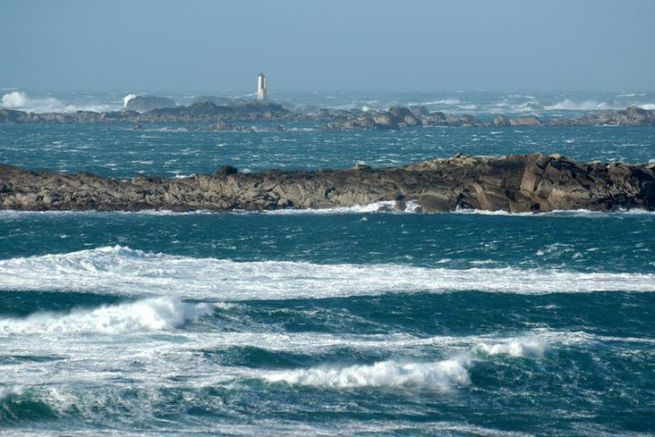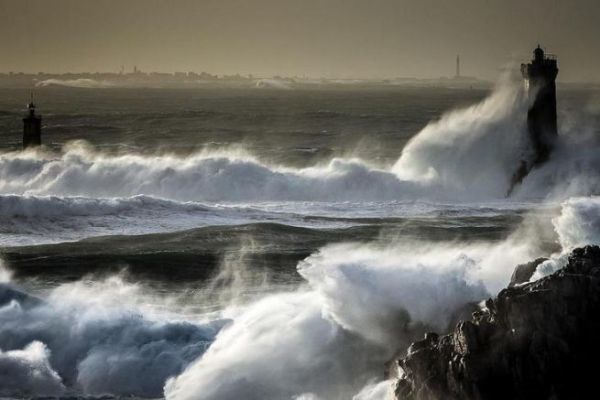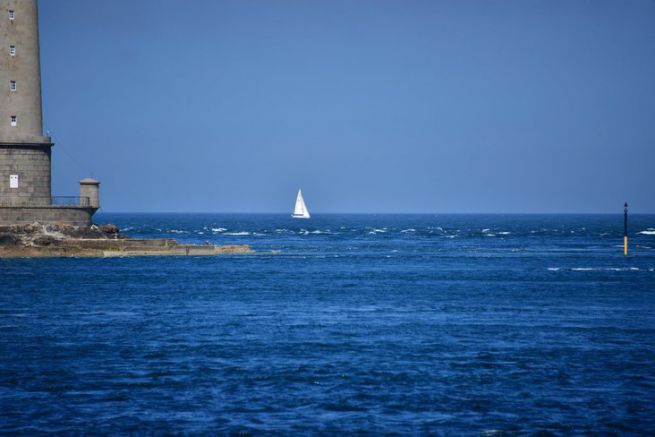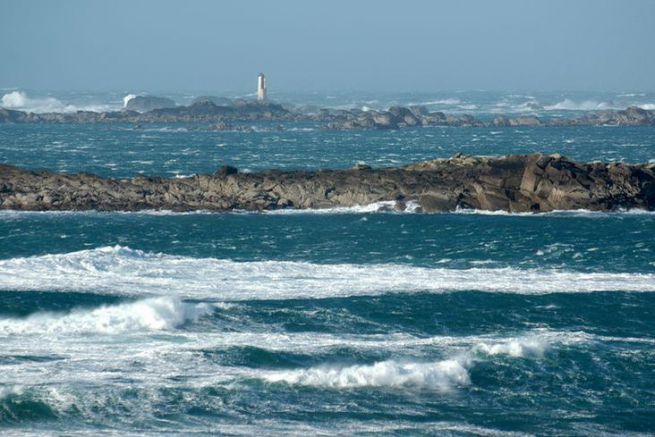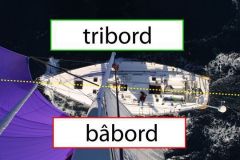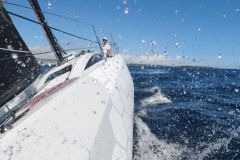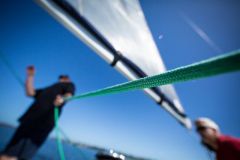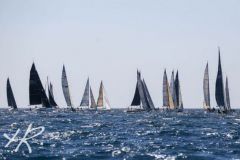The oven channel, with the Breast Raz, is one of the two main airlocks entering and leaving the Iroise Sea.
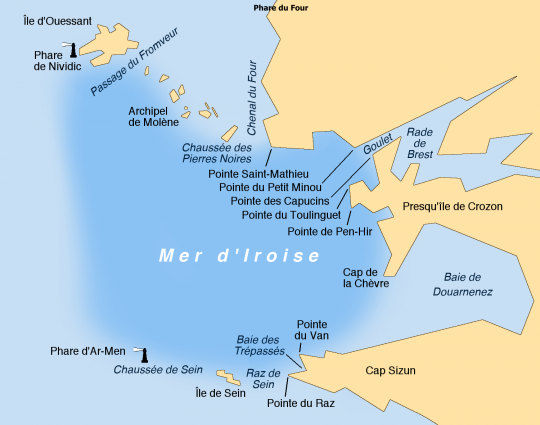
As with any channel or raz subject to a strong tidal current, caution should be exercised when approaching the Four Channel. Indeed, if the swell hits the tidal current, the sea will quickly be called a boat breakage.
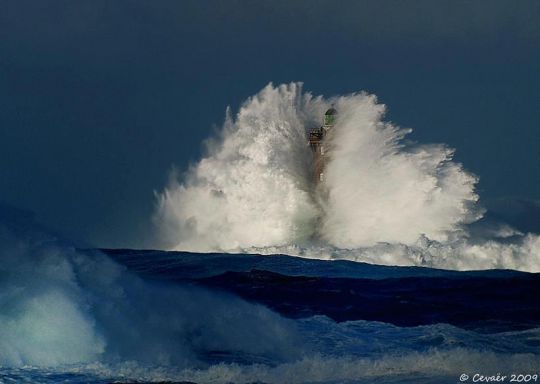
The Oven, a singular passage:
The Four Channel is nothing like the Blanchard, Cheese or Breast Row. Let's look at its particularities:
- The Four Channel is a coastal passage, but apart from the Aber Ildut, there is no shelter on the route allowing a stopover. The port of Le Conquet dries up at low tide.
- The Four Channel is a fairly long passage between the eponymous lighthouse and Pointe Saint Mathieu. We will count almost 13 minutes, while the breast shave is much shorter (2 to 3 minutes). In other words, if you go very fast with the right current, this journey will take forever against the current.
- The reduced width of this channel does not invite you to tack or to count the number of turns or gybes.
- The outer edges of the channel are literally poorly paved, covered with emerging rocks. You should only leave the channel with a good command of your position on the map.
- And as in all the passages integrating a strong current, let's not forget that the wind opposing the current will lift a rough sea, but this time in the channel of the Four there is some distance to go.
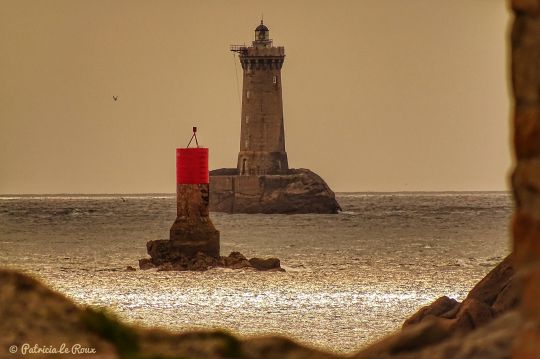
Passing the Four Channel means choosing your time
To wait for the right time to pass, the sailing instructions suggest that we wait north in the port of Aber Wrac'h or Portsall. If the advice is good, it should be temperate, as these two shelters are far from being easily accessible with wind and swell. So, here again, be careful if the weather conditions do not lend themselves to it. Daytime is fine, but in the middle of the night you'll have to think twice. To the south, the ideal waiting port is Camaret, very easy to access.
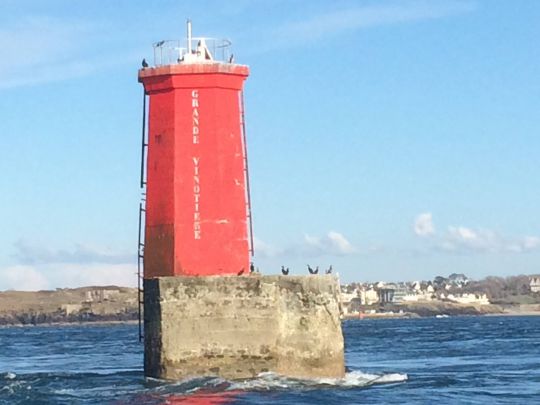
Heading south
To travel from north to south, it will be necessary to be at the level of the furnace lighthouse from the time of the Brest PM reversal, i.e. just before the ebb tide (the ebb tide current).
There, the current will take you with it to Pointe Saint Mathieu. All you have to do is follow the many markers along the narrow channel.
Heading north
This time travelling from south to north. You will arrive at Pointe Saint Mathieu (the southern entrance to the oven channel), ideally, at BM de Brest's spread time. This moment corresponds to the beginning of the flow (the rising tidal current) that will take you to North Brittany.
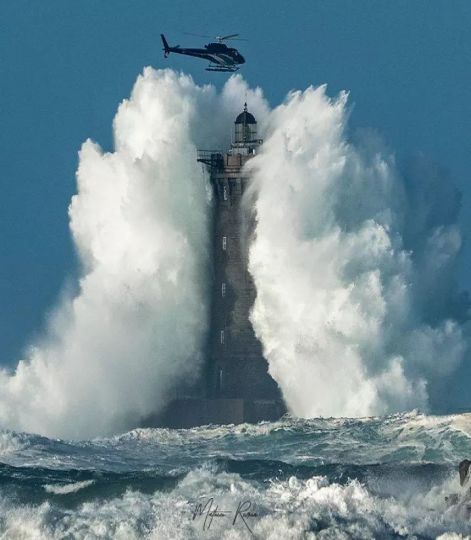
One last tip before the Four Channel, go to internet?!
First of all, feel free to read the article on the attitude to adopt in a raz according to the wind direction so as not to find yourself in more than uncomfortable situations.
Finally, as caution dictates that the channel should not be crammed with your eyes closed, we invite you to consult the local oceanographic data released by Ifremer.
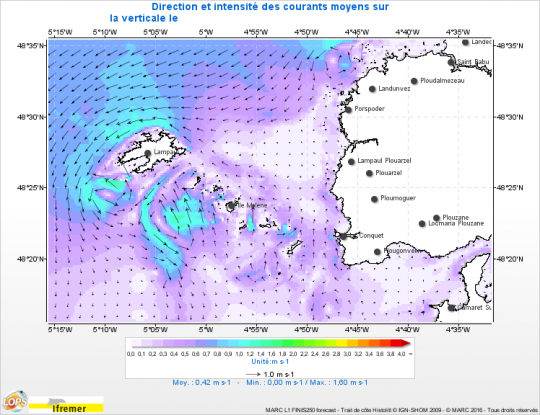
On their specialized site, you can consult the sea state spectra (primary and secondary swell and wind sea). This is a valuable help that you can use before using this channel. Link at the bottom of the article
With these few tips, you are ready to pass this channel with its sulphurous reputation in complete safety.
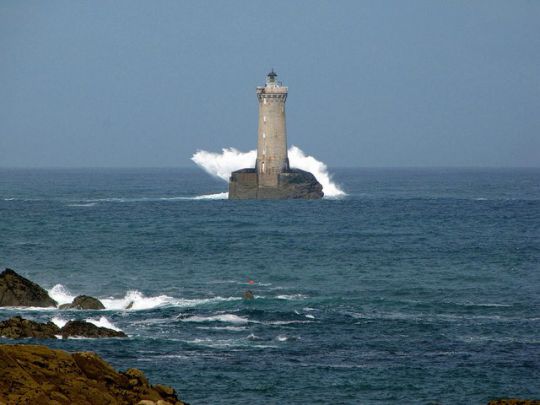

 /
/ 